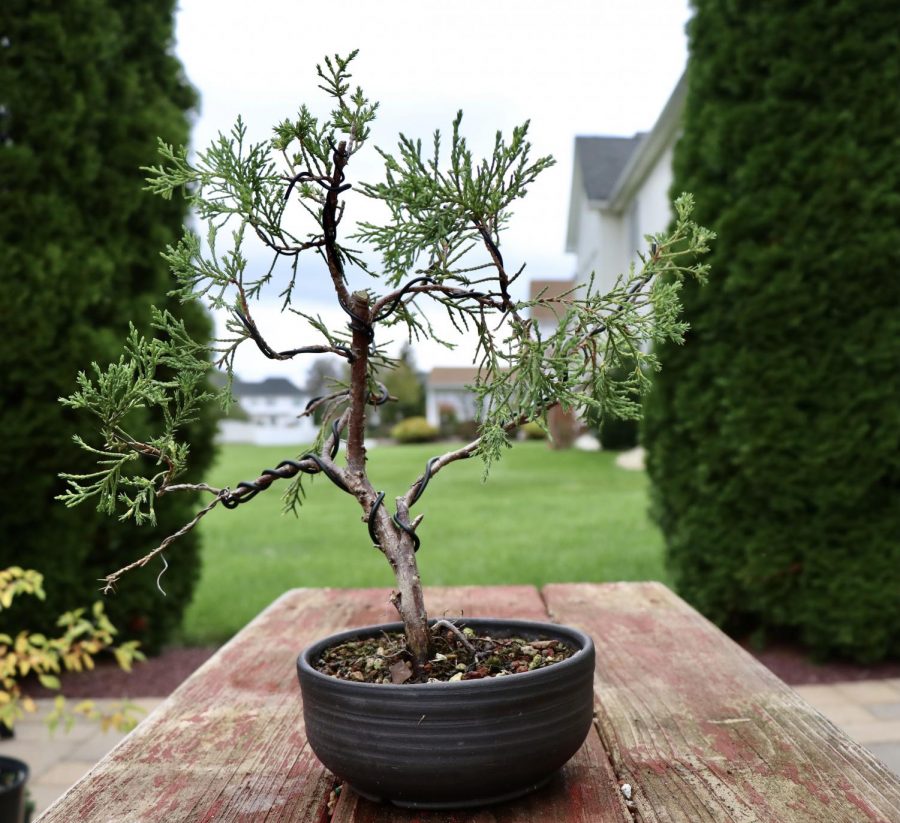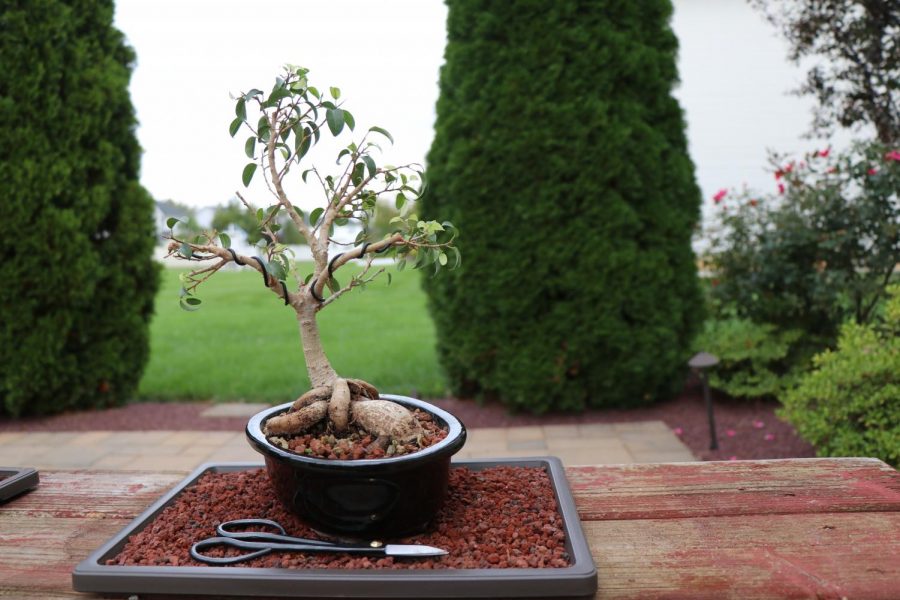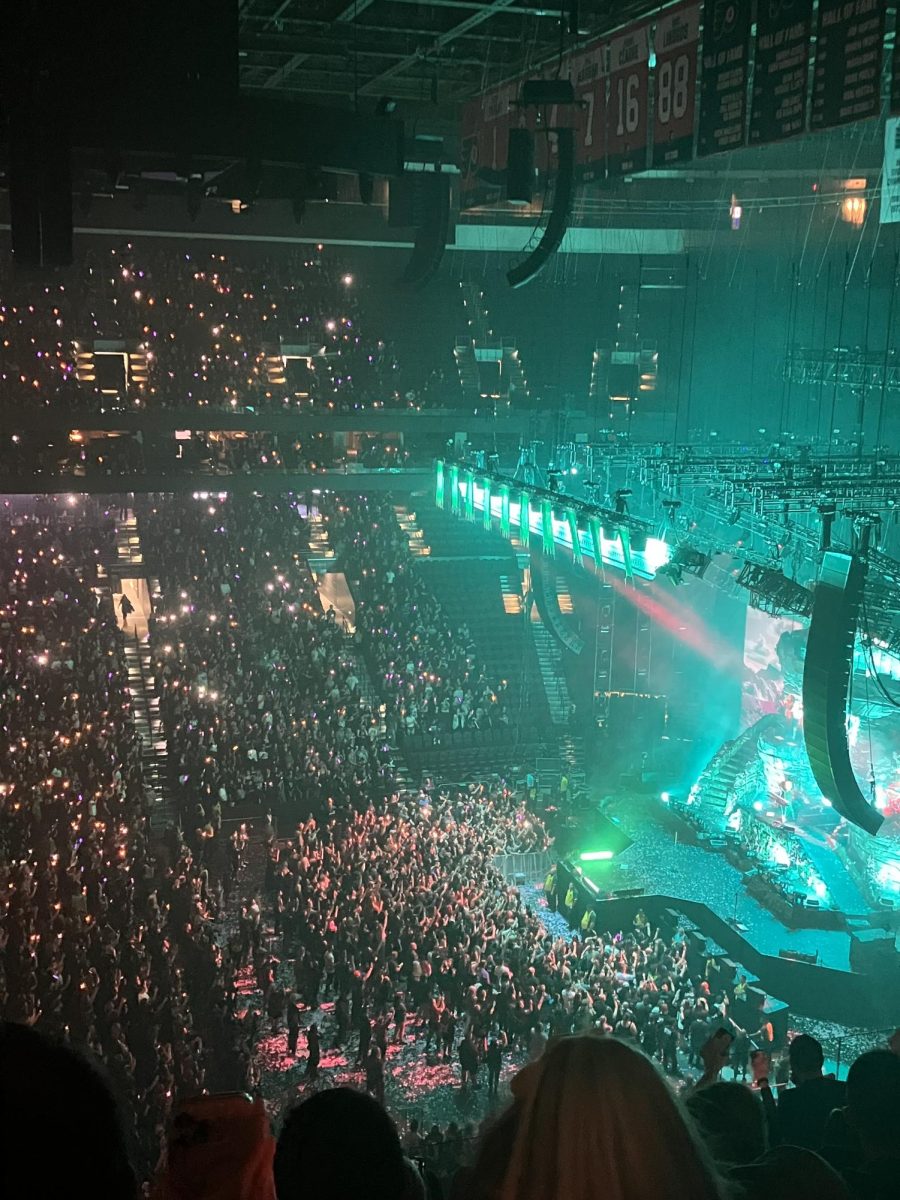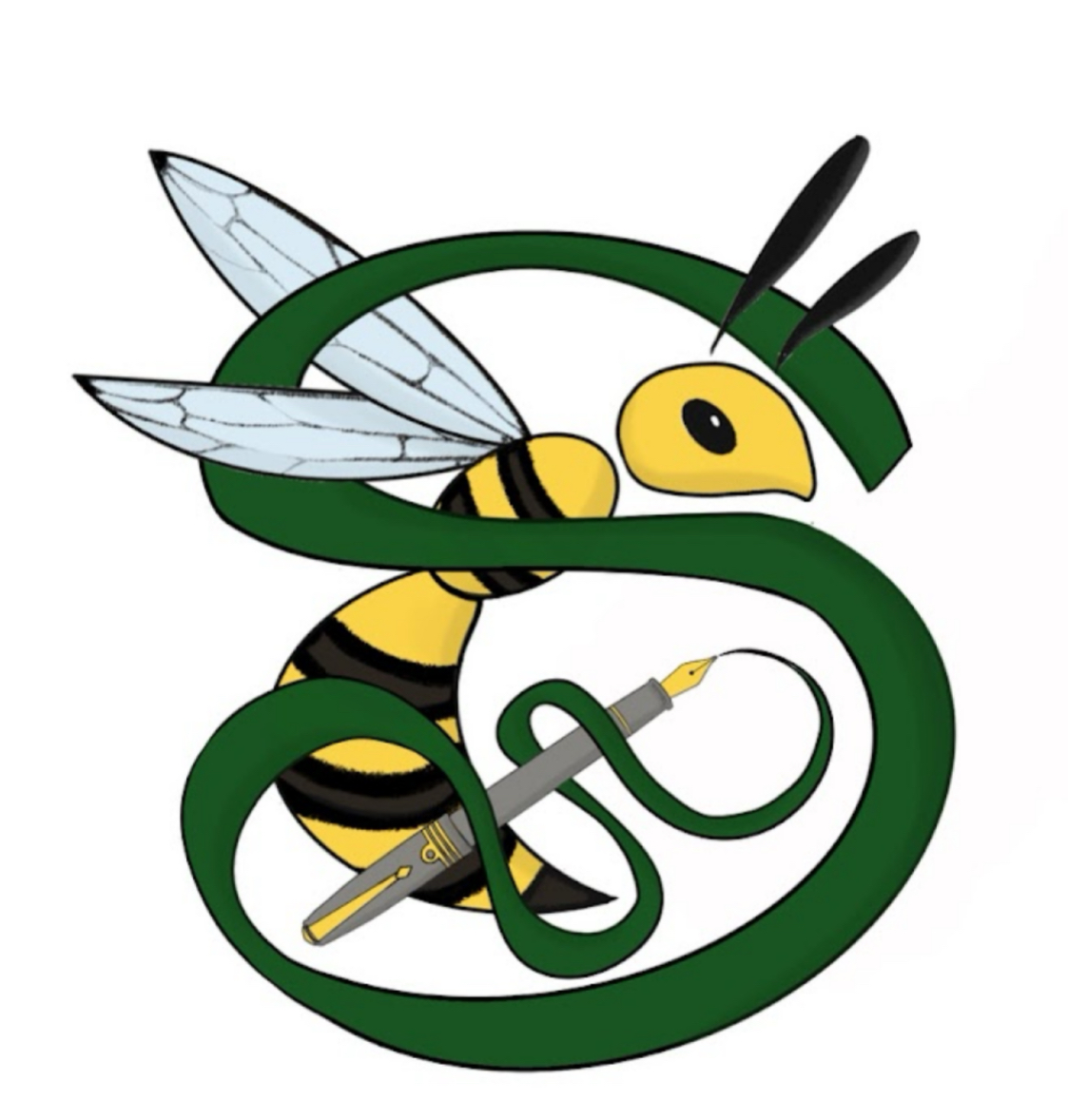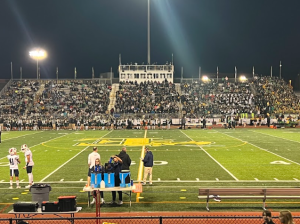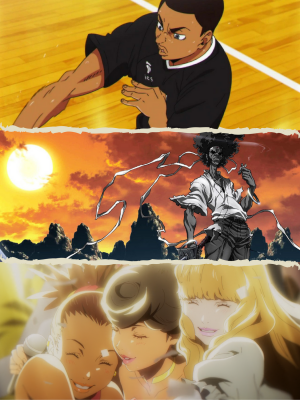Bonsai: an ever growing art
Nov 8, 2021
This previously ran in our October 2021 print issue.
This past May, I visited a bonsai nursery in New Jersey to get a bonsai tree after weeks of careful research. I came away with one and so much more. I realized why the Japanese art is so appealing to millions of people around the world and why so many people find solace in their peaceful nature; it is because we are like bonsai.
At the nursery, I saw several large greenhouses filled with a dizzying array of healthy trees, both large and small. The especially larger and more beautiful bonsai had a brightly-colored ribbon to indicate they were not for sale. In one greenhouse, koi fish swam in a small pond. In another, a bearded man worked on a full tree, pruning at it aggressively. At the end of our visit, when we passed by the greenhouse again, the tree was almost bare.
After strolling through the greenhouses several times, carefully examining each plant, I ended up getting Ficus Too Little. The Ficus tree is regarded as an excellent plant for both novices and experts alike, because of both its resistance to pests and diseases, and its ability to cope with poor watering conditions.
My dad, who also decided to embark on this journey with me, came to the nursery and looked around with me, but nothing really appealed to him. While I debated between a Juniper (also an excellent tree for beginners) and the Ficus, my father thought about getting a flowering succulent Bonsai called the Adenium, better known as the Desert Rose. I was not entirely sure about this tree because I did not know how easy it would be to care for. My father looked up some pictures of the Desert Rose, landed on a picture of a flowering one, and immediately decided to buy it. The Ficus I got was about two years old, prepotted, and a few branches had already been wired. My dad’s bonsai, on the other hand, was about the same age, in a plastic pot, and had just been left to grow without being shaped at all.
A few weeks after getting our bonsai, we decided to purchase LED grow lights and let our plants acclimate to their environment. My Ficus occasionally dropped a leaf, but otherwise it was thriving. The Desert Rose, however, was a different story. Only a couple of weeks after we purchased it, the plant’s wide, thick leaves began to yellow and eventually drop off.
Bonsai, or the Japanese art of growing small trees in pots, has spread around the world, fascinating generation after generation with its stunning beauty and intricate detail. Practitioners learn not only how to care for their tree but also the life skills of patience by watching their tree grow over the course of many years, resilience when their tree gets sick or possibly even dies, and foresight by shaping their tree based on a vision of the future.
Originally practiced by only the elite members of Chinese and later Japanese society, bonsai were later grown by people from all classes. The first evidence of a miniature potted tree is first shown in about 706 CE, in an ancient Chinese painting.
Yet bonsai is not only about keeping a potted tree alive. The branches on the trees must be bent to the desired shape or angle, usually done with string or wire. Wiring is now the most common technique for shaping bonsai. In addition to wiring, pruning, or removing specific branches to increase the beauty and health of the tree, is also necessary to maintain the shape of the tree and to promote new growth. A common technique is to remove all leaves of a bonsai in early spring, producing a flush of new growth in summer. This practice is known as defoliation. Repotting and pruning the roots is also essential in keeping the tree miniaturized.
After a few days of research, we determined the source of the Adenium’s problems were spider mites. Spider mites are miniscule arachnids that can cause a lot of damage to plants if not treated correctly. We cleared away the mites, pruned some of the badly affected leaves, and the tree immediately began to heal. For a few golden weeks, both of our bonsai were flourishing. After that though, the mite infestation returned to the Desert Rose. Although we cleared the pests off almost immediately, the yellowing of the leaves persisted, not as severe, but for a longer period of time.
Earlier this summer we also got two Juniper and two Maple bonsai. In June, both of the Maples and one Juniper perished due to a fatal combination of heavy rains immediately followed by several days of intense heat. For weeks we tried to heal the plants, experimenting with a variety of different treatments, including putting the plants under LED grow lights. In the end though, only one Juniper out of the four plants survived.
After reflecting on what bonsai is and what I have learned from it, I think that not only is Bonsai a spectacular art form, it is a metaphor for life.
Like bonsai, we are constantly growing, our experiences and interests are our branches, shaping us into who we are. Some interests, we cut away over time, never to grow back again. Others however, we refine and strengthen, developing ourselves into a unique being, one of a kind, unlike any other. We learn to adapt to new climates and survive. We learn to deal with disease and hardship, and bounce back stronger than ever. That, I think, is bonsai.


